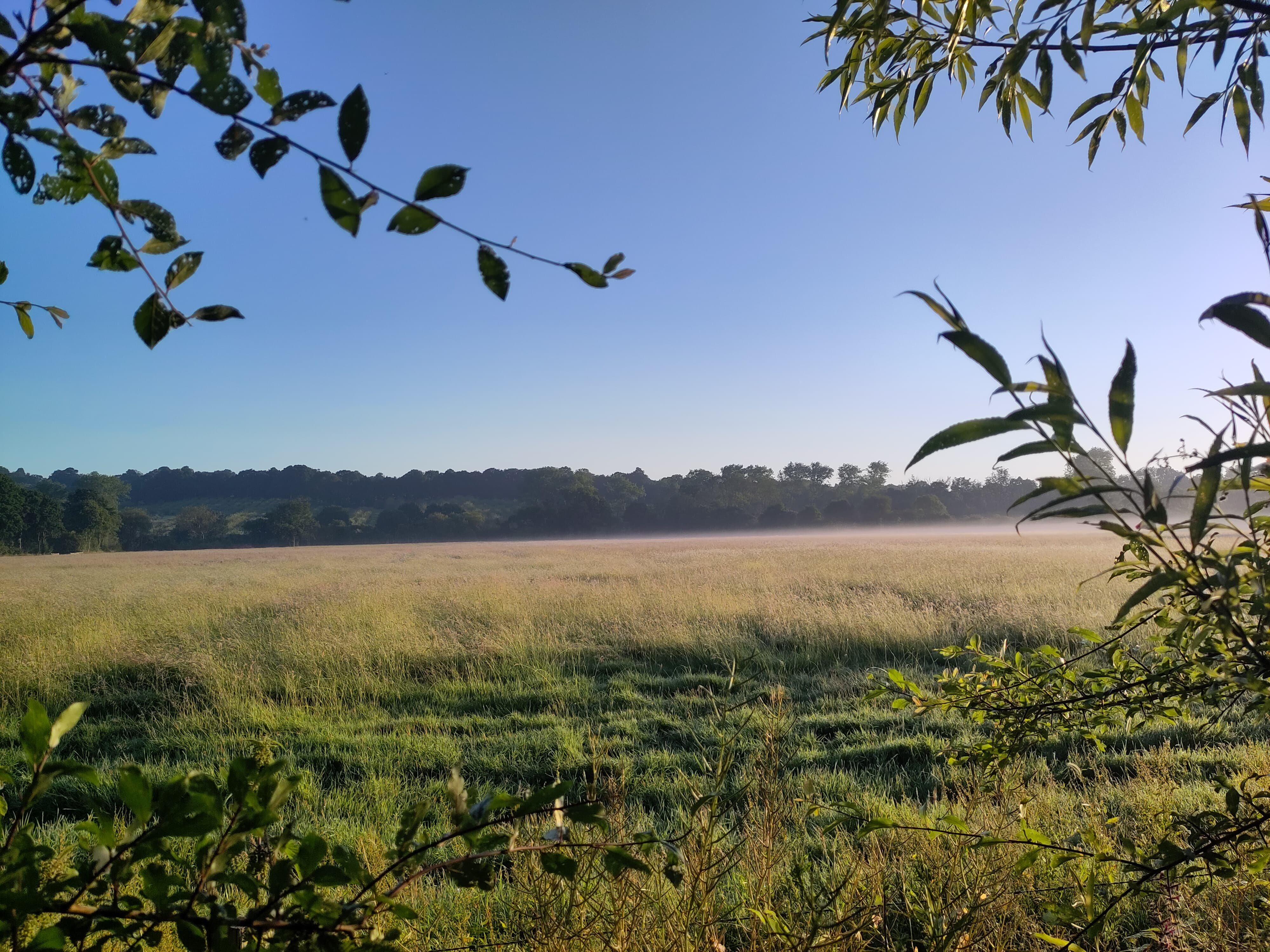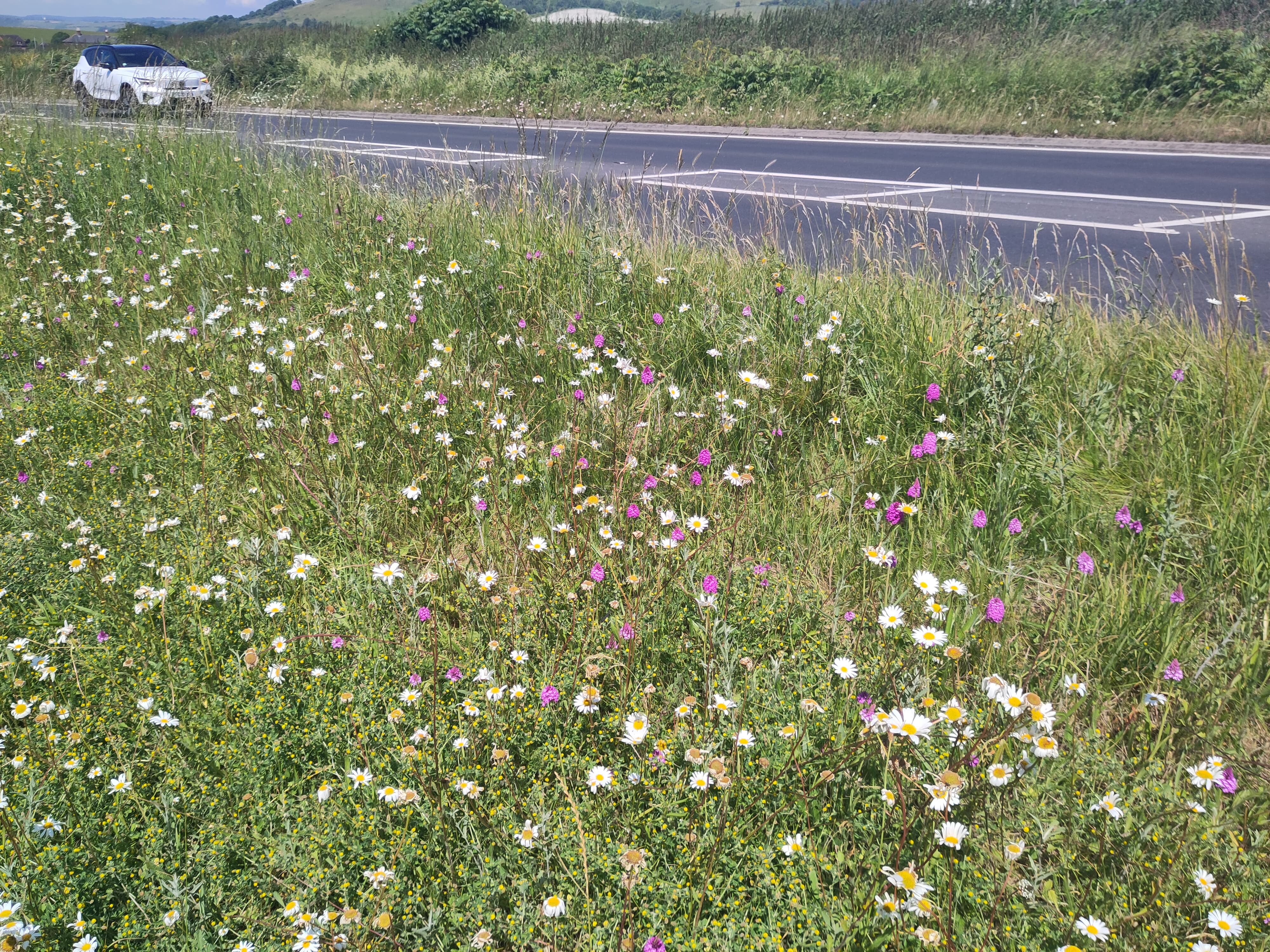
Preliminary Ecological Appraisal
Successful Outcomes from Cooperation

Purpose
A Preliminary Ecological Appraisal or PEA is the cornerstone of ecological consultancy and the base level of information and assessment that case officers, the LPA and statutory consultees are looking for when assessing your planning application. The final report is designed to provide an objective and professional interpretation of the relative ecological value of a site and the potential impacts from your proposals. For your needs, this process provides the initial determination of any likely constraints to a scheme whilst also providing a format to help devise and agree practical measures to allow work to proceed within the legislative and policy framework. For the LPA, the PEA provides them with an objective third party assessment of the site that can be relied on to determine whether or not the scheme can demonstrate adherence with local and National plans and policies as well as achieving biodiversity gains and addressing impacts.
Components
A Preliminary Ecological Appraisal is composed of three main elements each having their own interlinked sub-components which taken together should be thought of as a process rather than an activity. At Co-Ecology we follow an established procedure:
- A desk study, this includes –
- The use of aerial imagery to get a first look at the likely habitats within the site and how they may link with other areas of habitat in the surrounding landscape
- Ordnance survey mapping to locate ponds and other features that may provide a constraint or opportunity
- A data search with the Local Environmental Records Centre -this is used to locate any records for notable species on or near the site and the location of any Local Wildlife Sites and their citations
- A search using Defra’s Magic Map site to locate any statutory designated nature conservation sites such as Sites of Special Scientific Interest (SSSI), Special Protection Areas (SPA) and Special Areas for Conservation (SAC) the latter three all being European Designations
- A site visit, that includes –
- A UK habitats survey – We now follow the UK habitats classification system as this allows the collection of greater layers of detail regarding land use and management.
- A Biodiversity Net Gain (BNG) condition assessment of all habitst within the planning application boundary
- A plant species list – to record a list of all of the individual plant species found within the site that are identifiable at the time of survey
- A Protected and Notable Species risk assessment – This element of the site visit is used in conjunction with the data search for local records to determine the likelihood or “risk” of a suite of faunal species that could be resident on the site.
- Drones for habitat mapping, utilising either RGB or multispectral photography our work stream includes an aerial survey as standard to enhance the accurate collection of habitat data particularly over larger sites.
- A final report that ties together all of the above and –
- Adheres to industry best practice – CIEEM guidelines and the British Standard for Biodiversity
- Sets out the results of the desk study and survey
- Evaluates the relative nature conservation value of the site
- Provides a robust assessment of likely impacts
- Makes clear and supportable recommendations for further survey (if required)
- Delivers a practical suite of mitigation, compensation and enhancement measures